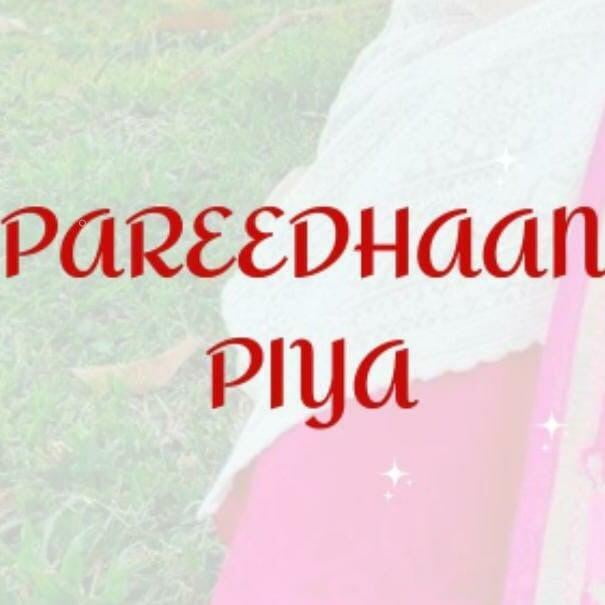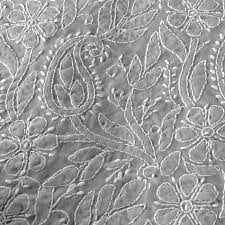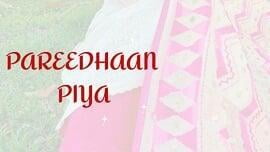About Chikankari Work
About Chikankari Work
Chikankari is a traditional embroidery style from Lucknow, India. Translated, the word means embroidery (thread or wire), and it is one of Lucknow's best known textile decoration styles. The main market in Lucknow for Chikankari based products is Chowk. Production is mainly based in Lucknow and in the adjoining districts.
There are references to embroidery similar to chikan work in India as early as 3rd century BC by Megasthenes, who mentioned use of flowered muslins by Indians. But these embroidered patterns lack any colour, ornamentation or any notable embellishment. According to Laila Tyabji, chikankari stems from the white-on-white embroidery of Shiraz came to India as part of a culture of Persian nobles at the Mughal court. There is also a tale that mentions how a traveler taught chikan to a peasant in return of water to drink. The most popular origin story credits Noor Jahan, Mughal empress and wife of Jahangir, with introducing chikankari to India.
The technique of creation of a chikan work is known as chikankari. Chikan is a delicate and artfully done hand embroidery on a variety of textile fabrics like muslin, silk, chiffon, organza, net, etc. White thread is embroidered on cool, pastel shades of light muslin and cotton garments. Nowadays chikan embroidery is also done with colored and silk threads in colors to meet the fashion trends and keep chikankari up-to-date. Lucknow is the heart of the chikankari industry today and the variety is known as Lucknowi chikan.
Chikan work in recent times has adopted additional embellishments like Mukaish, Kamdani, Badla, sequin, bead, and mirror work, which gives it a rich look. Chikan embroidery is mostly done on fabrics like cotton, semi-Georgette, pure Georgette, crepe, chiffon, silk, and any other fabric which is light and which highlights the embroidery. The fabric cannot be too thick or hard, else the embroidery needle won't pierce it. Also, sheer fabric allows the part of the stitches on the reverse of the fabric to give a shadow effect, which is characteristic of the technique.
The piece begins with one or more pattern blocks that are used to block-print a pattern on the ground fabric. The embroiderer stitches the pattern, and the finished piece is carefully washed to remove all traces of the printed pattern. The process of chikankari includes the following steps:
Design, Engraving, Block printing, Embroidery, Washing and finishing, Stitches






